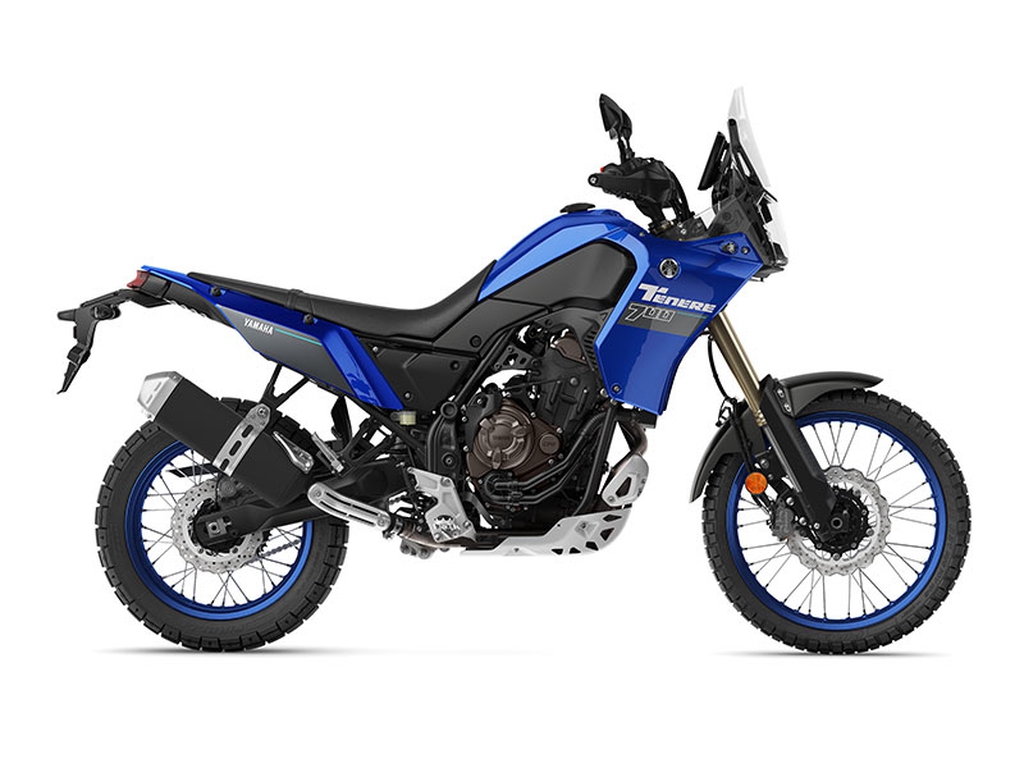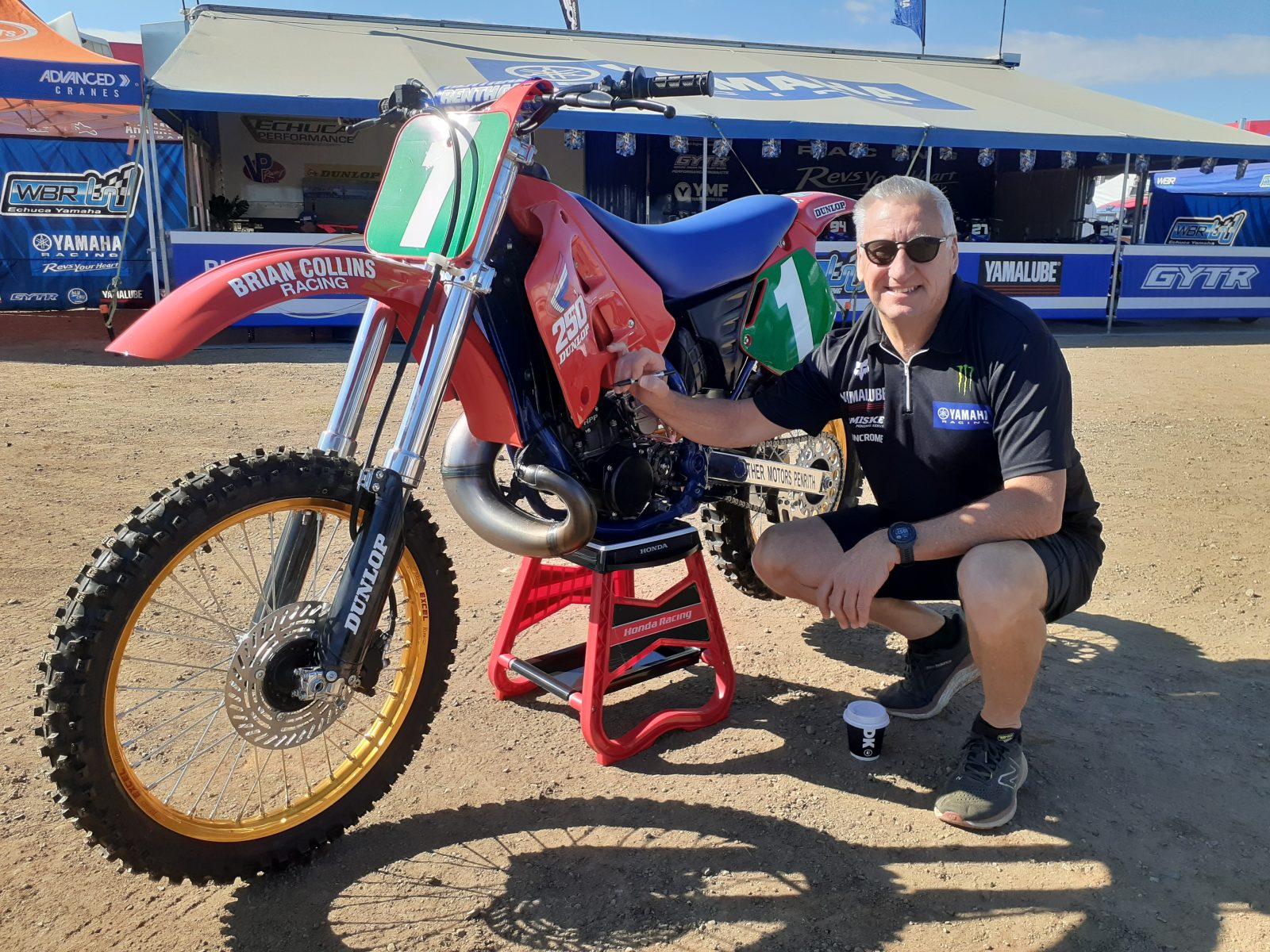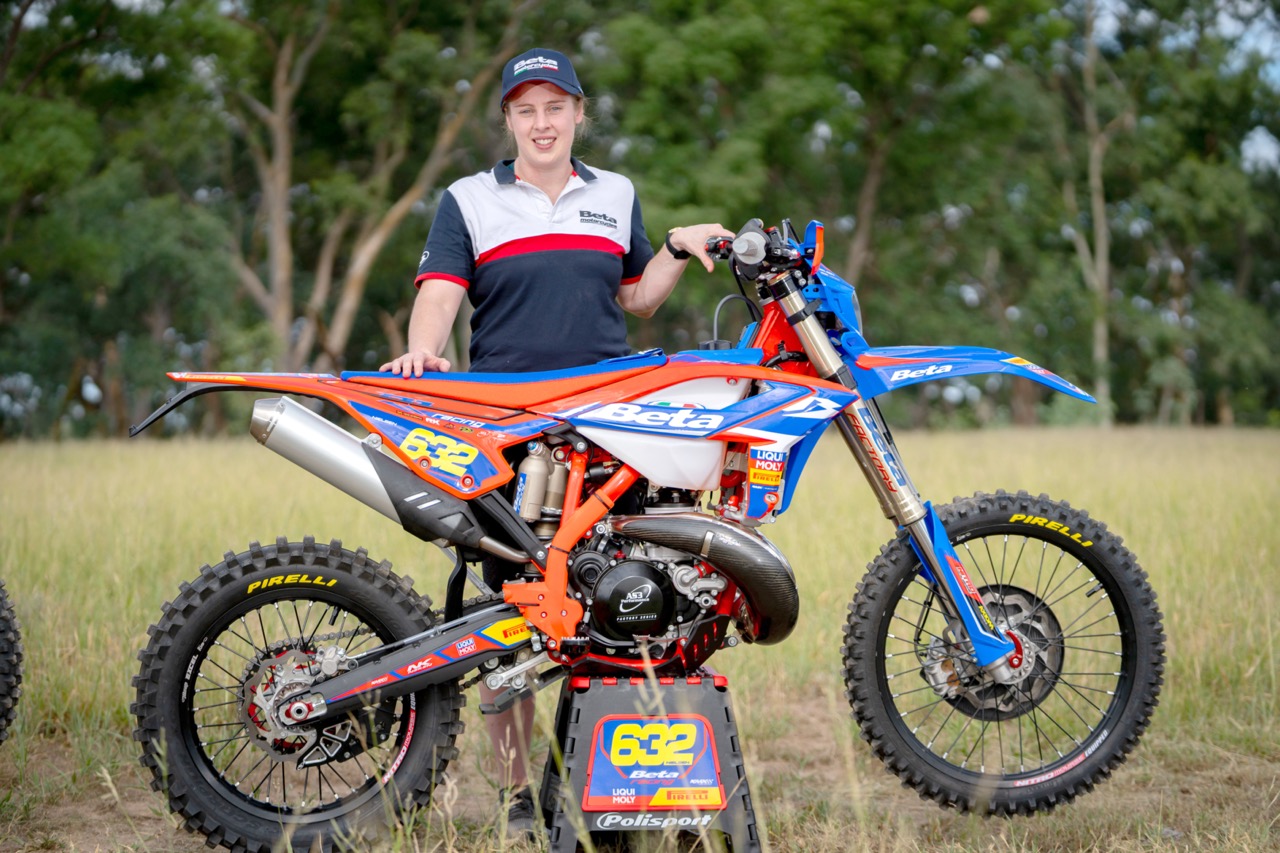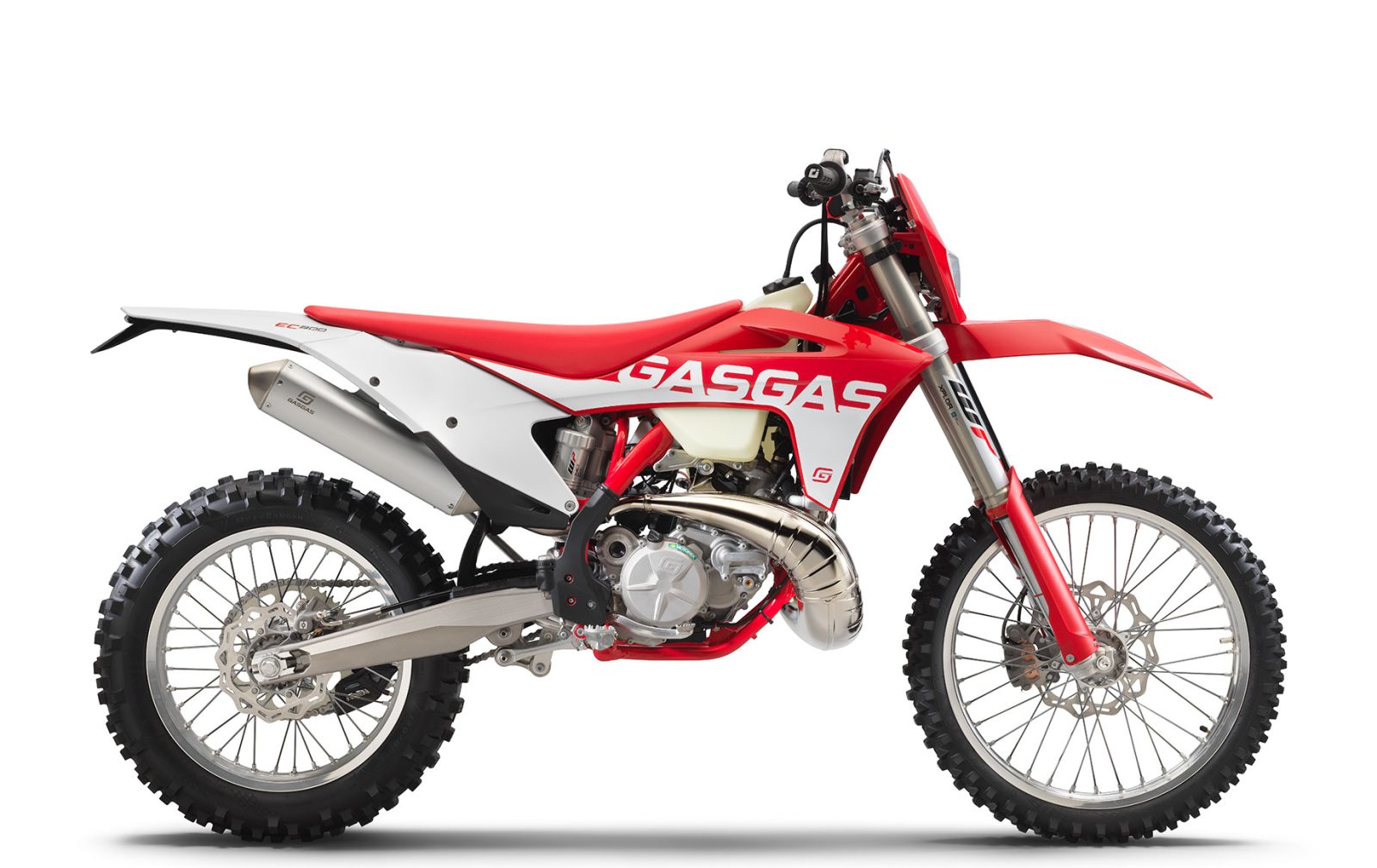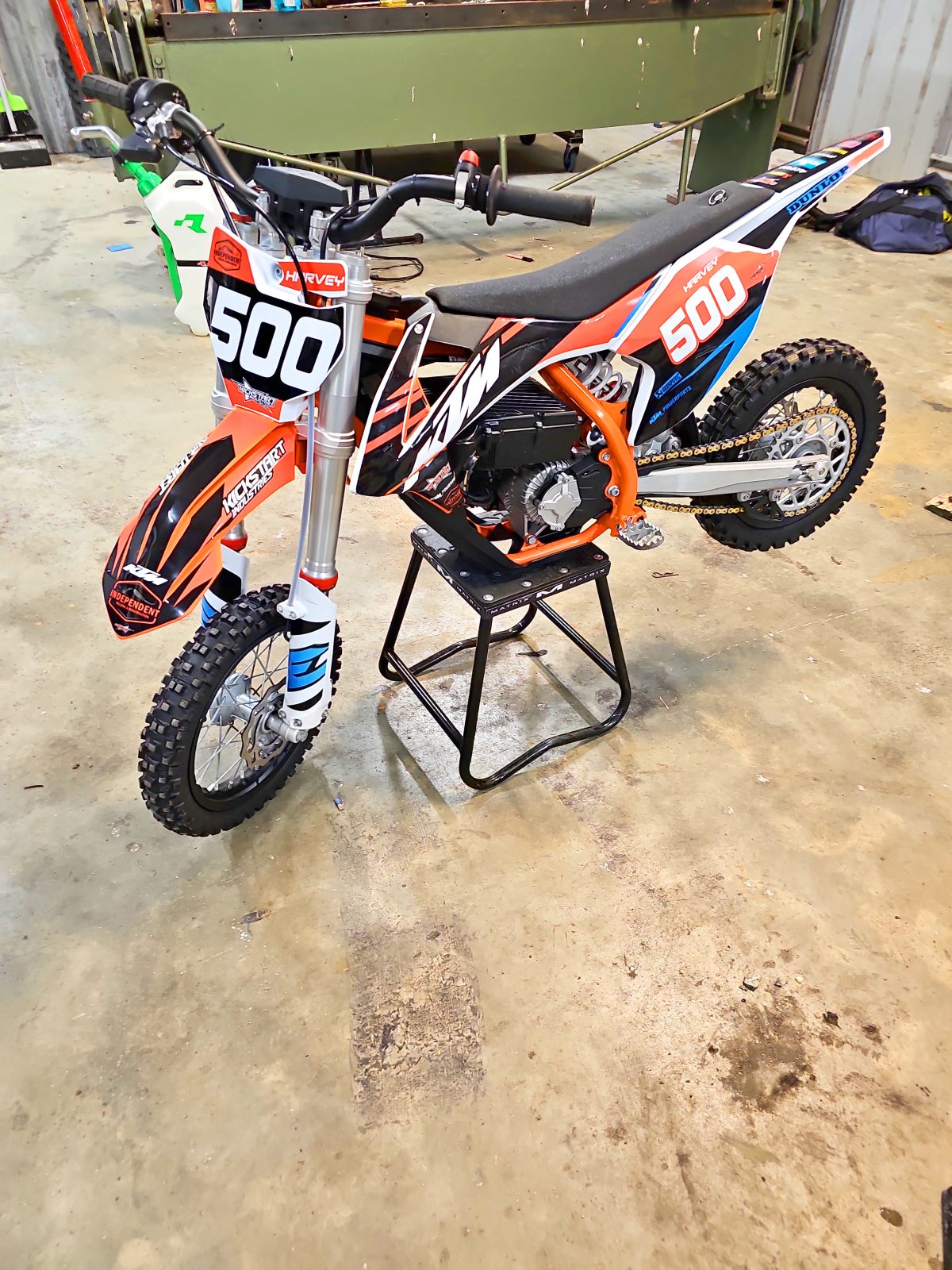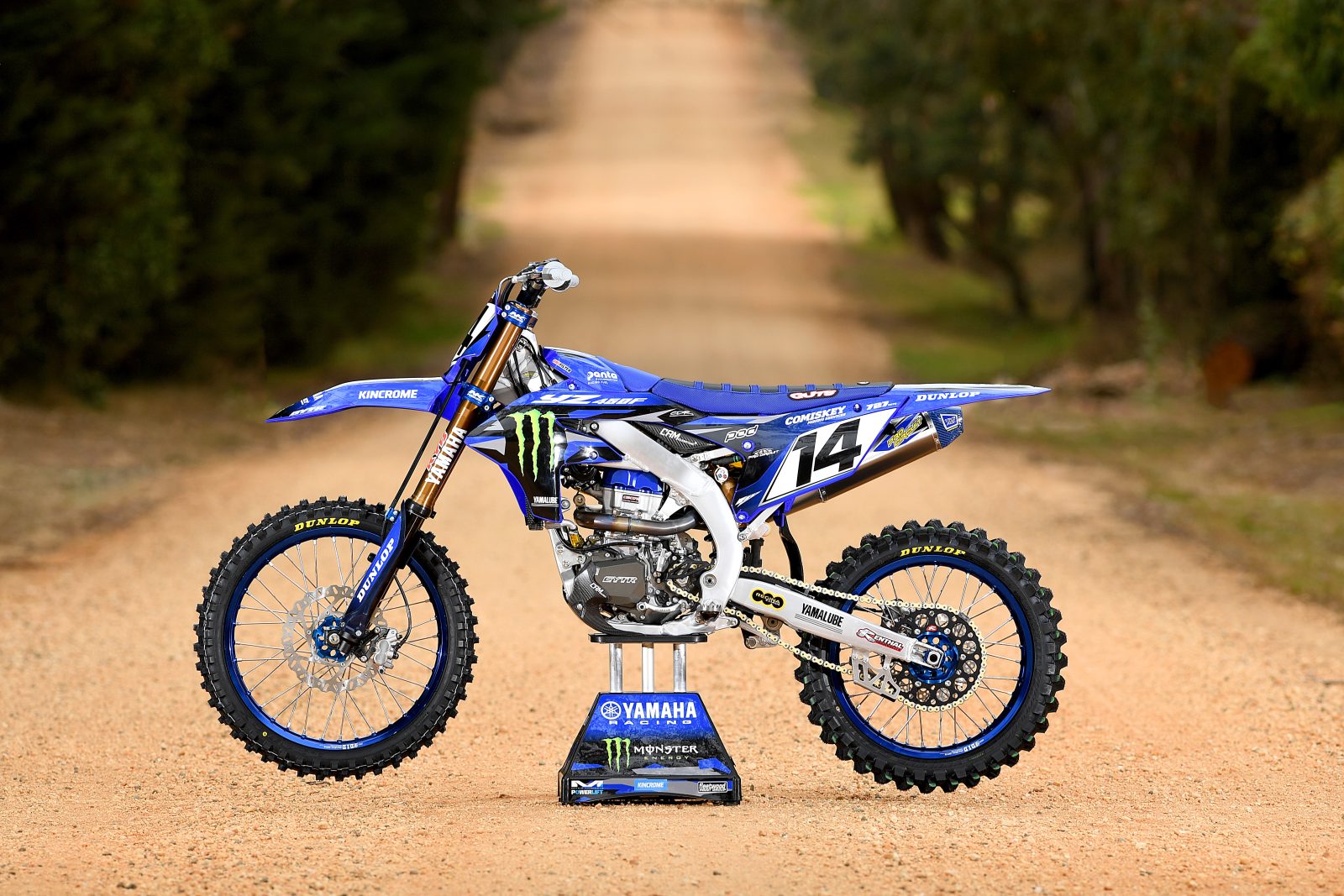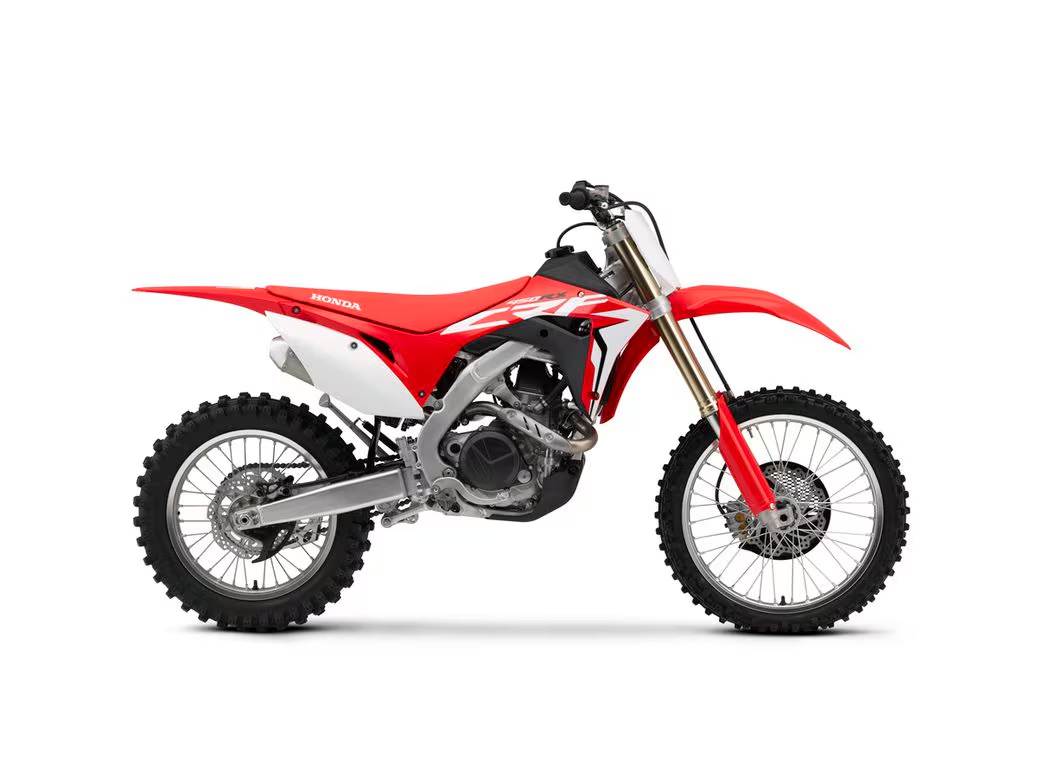Like it or not, knee injuries are extremely common with nearly all sports, especially motorcycling. If you haven’t had a knee injury, you know people who have.
The knee is the worst-designed joint in the human body. Imagine having two long, skinny pieces of wood. Then you butt them up end-to-end and try to stabilise them by tying them together with rope. They need to have over 90 degrees of movement and you can’t cheat by using a hinge. Terrible idea.
Now, the other bad news is that if you seriously injure the ligaments or cartilage in your knee, they are ridiculously slow to heal. Many structures within the knee have massive forces transferring through them and very poor blood flow.
The knee joint is designed to move in only one plane. When the knee is forced in another direction something has to give. This might include one or a combination of lateral or sideways movement, over-straightening, compression or rotation of the lower leg.
The most common parts to break are ligaments. These are like tiny pieces of fibrous tissue which connect one bone to another. When ligaments break, they can snap towards the middle or pull away from the bone at one end, so they sometimes break off a piece of bone.
SAFEGUARDS
Prevention is always better than a cure, especially with knee injuries. There are many ways to protect your knees from a serious injury, like guards, knee braces and strength training.
• Kneeguards are usually just a piece of plastic which straps onto your shin and covers your knee. This is the absolute bare minimum in protection.
• Knee braces are a better solution. They spread the force on the knee over a larger area.
• Physical training will build the muscles around the knee and, if they are strong and supportive, they will help prevent.
HAVE YOU BUSTED SOMETHING?
How you treat an injury in the first few hours goes a long way to helping your recovery. You can usually tell if you have a serious knee injury based on how you felt it move, what you heard, how much pain there is and how the knee is behaving afterwards. Is it clicking, swelling up, or collapsing when you stand on it? However, looking for swelling isn’t always the best idea because it doesn’t always swell up when you rupture a ligament.
SERIOUS INJURIES
If you have the slightest inkling that there might be more to the injury than just bruising and swelling, then you need to get checked out ASAP. One of the key factors in a good recovery is to see the right specialists so you can have the injury diagnosed and act appropriately.
If you suspect that you might have a serious injury, I would recommend seeing an orthopaedic surgeon (knee specialist), physiotherapist or sports physician instead of a GP.
Specialists will be able to do a range of physical tests and accurately diagnose the injury. They will probably want you to have a scan – either an MRI, CT scan or X-ray.
UNDER THE KNIFE
Make sure you do your research and pick a good surgeon. If the surgery isn’t successful, it is a much messier procedure to fix a knee a second time and it is more likely that your knee will never return to 100% operation.
If you have injured your knee severely enough you will probably require surgery. The usual procedures are an arthroscopy to repair cartilage or meniscus and either a hamstring tendon, patella tendon or LARS Graft to repair a ligament, usually the ACL.
Arthroscopy is the procedure of making small incisions to enter the knee joint. This is used to insert a camera and some small instruments instead of making a large cut and opening up the joint, and the recovery time and risk of infection is much smaller. In the case of a cartilage or meniscus tear, they will generally go in to sew up the large tears and smooth out the surface by cutting off any small flaps of cartilage.
A patella or hamstring tendon graft is where they take a slice of tendon from either one of your hamstring muscles (at the back of your knee) or from the patella tendon on the front of the knee, just below the knee cap. They use the piece of tendon as a splint to sew the two ends of the ligament back together. Patella tendon and hamstring tendon grafts are very reliable and well-proven, with the only advantage of a hamstring tendon graft being a much smaller cut is needed to take out the piece of tendon.
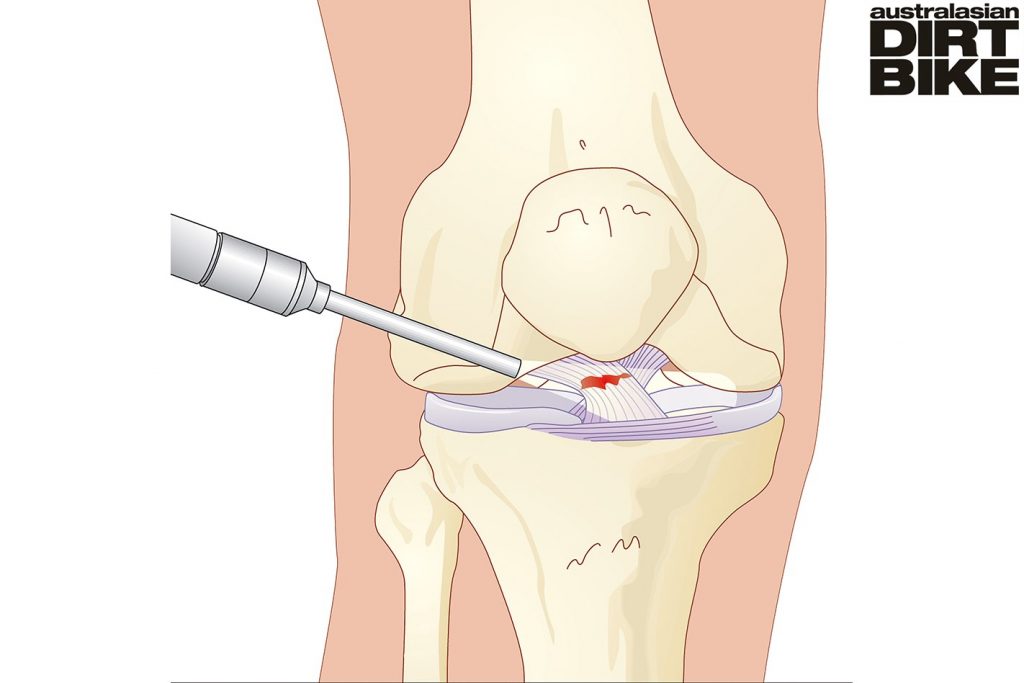
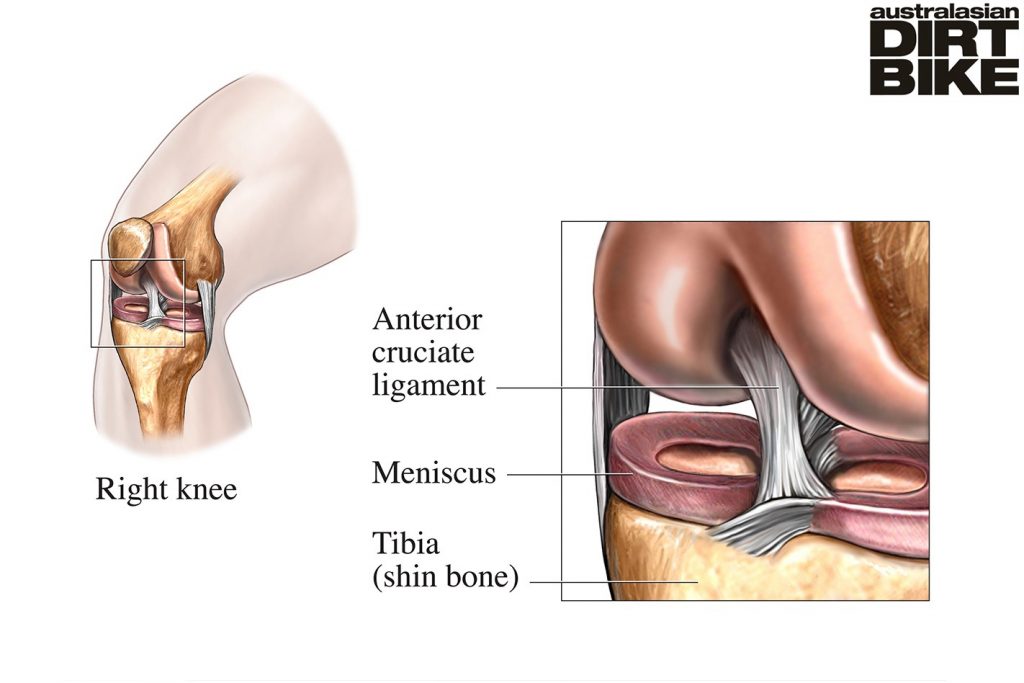
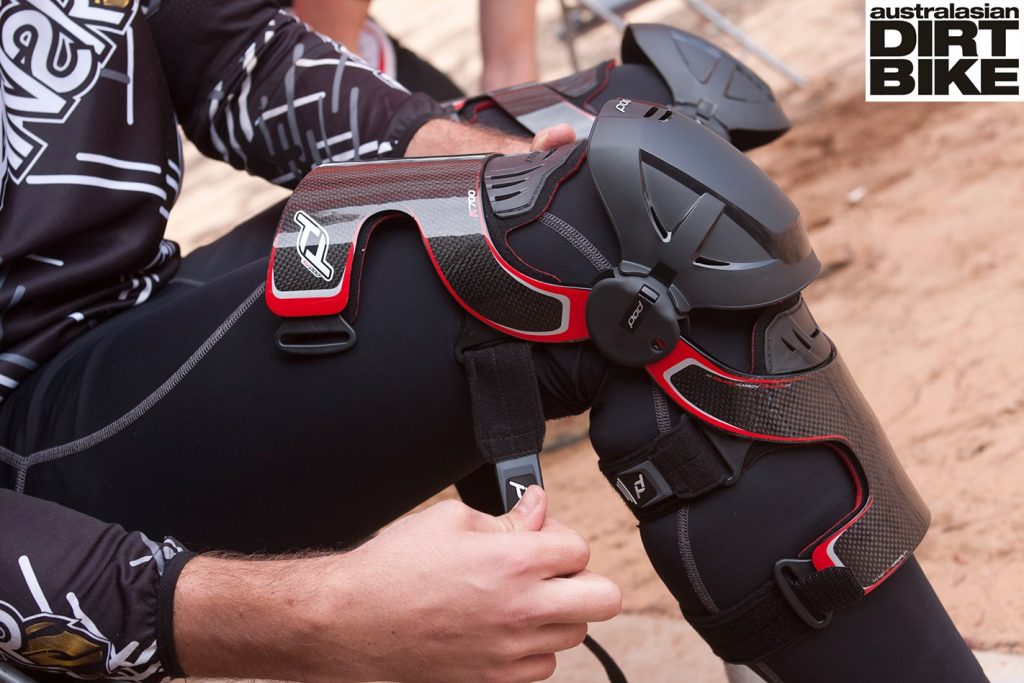
RECOVERY ROOM
Once the surgery is done, recovery starts. A good, strict recovery period will help return the knee quickly to full strength. A slack rehabilitation will mean that, if the knee returns to full strength at all, it will be slow. A poor rehab can even damage the surgeon’s work.
